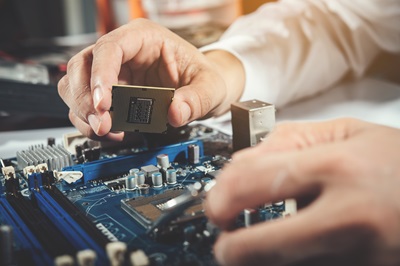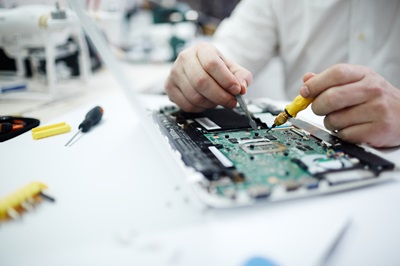PCBA, or printed circuit board assembly, is a key component of electronic products. It is a printed circuit board (PCB) with electronic components assembled on it. PCBAs are used in a wide variety of electronic products, including computers, smartphones, televisions, and appliances.
This article will discuss the principles of PCBAs, their applications, and the future trends in PCBA technology.

A PCBA is composed of three main parts: the PCB, the electronic components, and the solder.
The PCB is a thin, flat board made of a dielectric material, such as fiberglass. It is used to provide a mechanical support for the electronic components and to connect them together.
The electronic components are the active and passive devices that make up the electronic circuit. Active components, such as transistors and integrated circuits, generate and amplify signals. Passive components, such as resistors and capacitors, control the flow of current and voltage.
The solder is a metal alloy that is used to connect the electronic components to the PCB.
PCB fabrication: The PCB is manufactured using a variety of methods, such as etching, milling, or laser cutting.
Component placement: The electronic components are placed on the PCB using a variety of methods, such as manual placement or automated placement.
Soldering: The electronic components are soldered to the PCB using a variety of methods, such as hand soldering or wave soldering.
Computers: PCBAs are used in all types of computers, including desktop computers, laptops, and tablets.
Smartphones: PCBAs are the heart of smartphones. They contain the processor, memory, and other electronic components that make smartphones work.
Televisions: PCBAs are used in all types of televisions, including LCD TVs, LED TVs, and OLED TVs.
Appliances: PCBAs are used in a variety of appliances, such as refrigerators, washing machines, and dishwashers.
PCBAs are also used in a variety of other electronic products, such as:
Medical devices: PCBAs are used in a variety of medical devices, such as pacemakers, insulin pumps, and MRI machines.
Industrial equipment: PCBAs are used in a variety of industrial equipment, such as robots, manufacturing machines, and power plants.
Transportation: PCBAs are used in a variety of transportation vehicles, such as cars, airplanes, and ships.

The PCBA industry is constantly evolving. New technologies are being developed to make PCBAs smaller, lighter, and more efficient.
The use of advanced materials: New materials, such as composites and ceramics, are being developed to replace traditional materials, such as fiberglass. These new materials offer improved performance and durability.
The use of automation: Automation is being used to improve the efficiency and accuracy of PCBA manufacturing.
The use of 3D printing: 3D printing is being used to create complex PCBAs that would be difficult or impossible to manufacture using traditional methods.
These trends are expected to continue to drive innovation in the PCBA industry and make PCBAs even more essential to the electronics industry.
PCBAs are a key component of electronic products. They are used in a wide variety of products and are essential to the electronics industry. The PCBA industry is constantly evolving, and new technologies are being developed to make PCBAs smaller, lighter, and more efficient.
By continuing to use the site you agree to our privacy policy Terms and Conditions.